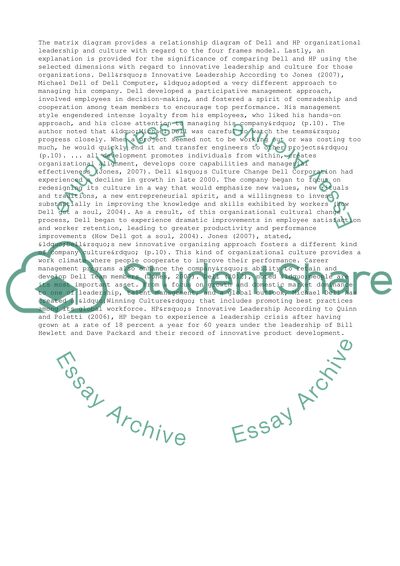Cite this document
(“Innovative Leadership and Culture Matrix and Paper Research”, n.d.)
Retrieved from https://studentshare.org/management/1443821-innovative-leadership-and-culture-matrix-and-paper
Retrieved from https://studentshare.org/management/1443821-innovative-leadership-and-culture-matrix-and-paper
(Innovative Leadership and Culture Matrix and Paper Research)
https://studentshare.org/management/1443821-innovative-leadership-and-culture-matrix-and-paper.
https://studentshare.org/management/1443821-innovative-leadership-and-culture-matrix-and-paper.
“Innovative Leadership and Culture Matrix and Paper Research”, n.d. https://studentshare.org/management/1443821-innovative-leadership-and-culture-matrix-and-paper.


